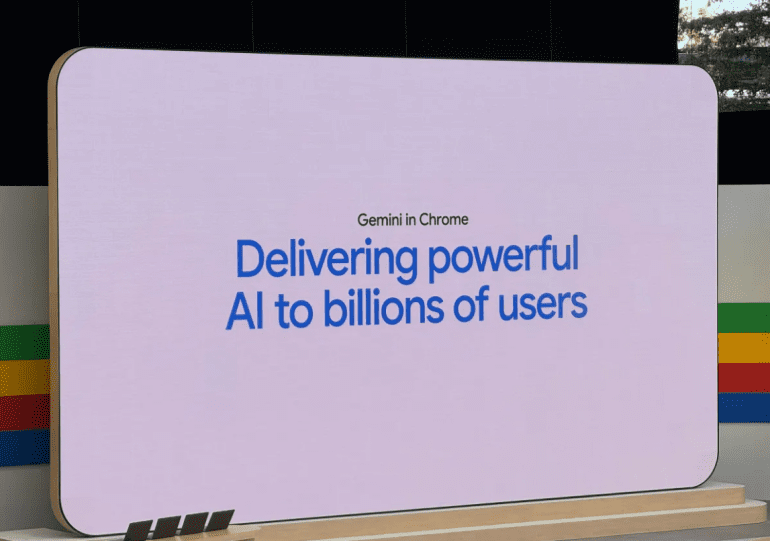- Google announced integration of Gemini Nano AI model into Chrome at Google I/O 2024.
- Gemini Nano, Chrome 126’s feature, empowers developers with on-device AI capabilities.
- Recent advancements in Chrome (WebGPU, WASM) enable efficient model operation across hardware.
- Google in talks with other browsers for similar integrations.
- Chrome’s AI models not sole choice; developers can select preferred models.
- High-level APIs in Chrome for text translation, captioning, transcription using Gemini.
- Chrome DevTools Console now powered by embedded Gemini Nano for error explanations.
Main AI News:
During the Google I/O 2024 developer conference, Google unveiled its plans to embed Gemini Nano, its most compact AI model, directly into the Chrome desktop client, commencing with Chrome 126. This strategic move is aimed at empowering developers to leverage the on-device model to enhance their own AI functionalities. Google intends to utilize this advancement to bolster features such as the existing “help me write” tool from Workspace Lab in Gmail.
According to the company, recent advancements in WebGPU and WASM support within Chrome have made it feasible for these models to operate efficiently across a diverse range of hardware. In a pre-announcement briefing, Jon Dahlke, Google’s director of product management for Chrome, revealed that Google is in discussions with other browser providers to implement this capability — or a comparable one — in their browsers as well.
“We have initiated conversations with other browser platforms and will soon introduce an early preview program for developers,” Dahlke stated in Tuesday’s announcement. “With webGPU, WASM, and Gemini seamlessly integrated into Chrome, we are confident that the web is primed for AI.”
However, it’s doubtful that Chrome’s competitors would be inclined to rely solely on Google’s AI models. Instead, it seems more pragmatic to empower browsers and developers to utilize the AI model of their preference. While Google may prefer to utilize Gemini for its own applications, these models are sufficiently lightweight to enable developers to select the most suitable one for their needs.
Google’s strategy, nevertheless, revolves around equipping Chrome with a suite of high-level APIs to facilitate text translation, captioning, and transcription within the browser using its Gemini models.
“To deliver this functionality, we have refined the most efficient iteration of Gemini and optimized Chrome,” Dahlke elaborated during today’s developer keynote at I/O. “Now, we aim to provide access to Gemini models within Chrome. Our objective is to furnish you with the most potent AI models in Chrome, reaching billions of users without the hassle of bespoke engineering, fine-tuning, scalability, and expense. Simply utilize a handful of high-level APIs — translate, caption, transcribe. This marks a significant paradigm shift for the web, and we are committed to executing it flawlessly.”
Additionally, Google is leveraging the embedded Gemini Nano model to introduce new functionalities in the Chrome DevTools Console for developers. Consequently, Chrome’s development tools can now elucidate errors and furnish debugging solutions directly within the console.
Conclusion:
Google’s integration of the Gemini Nano AI model into Chrome signifies a significant advancement in web AI capabilities. By providing developers with on-device AI functionalities and high-level APIs for text processing, Google aims to democratize AI usage on the web. This move may catalyze a shift in the market towards AI-powered web applications and services, driving competition among browser providers to offer similar AI integrations and features.

